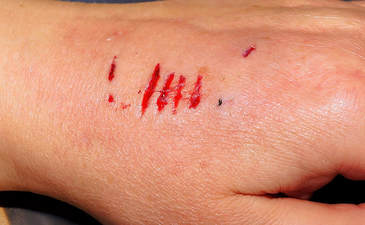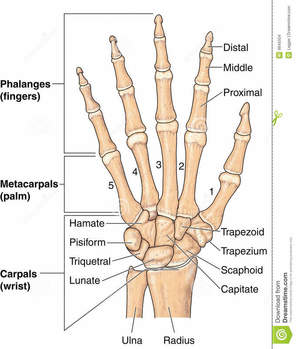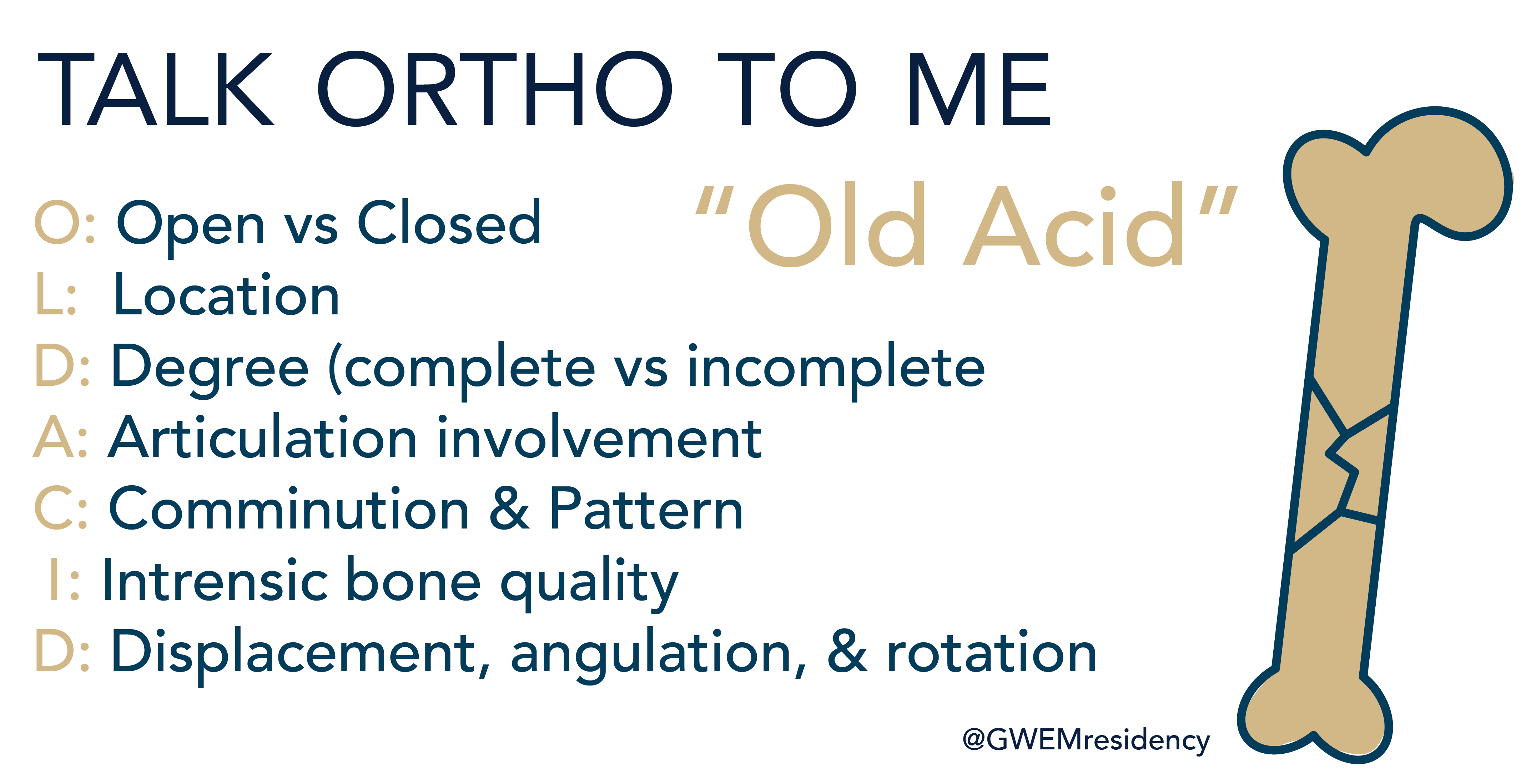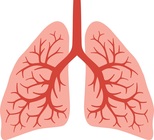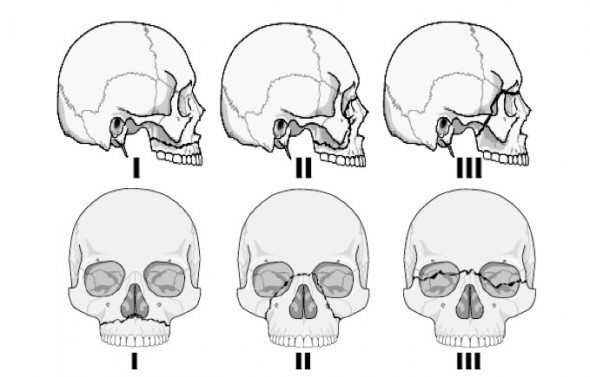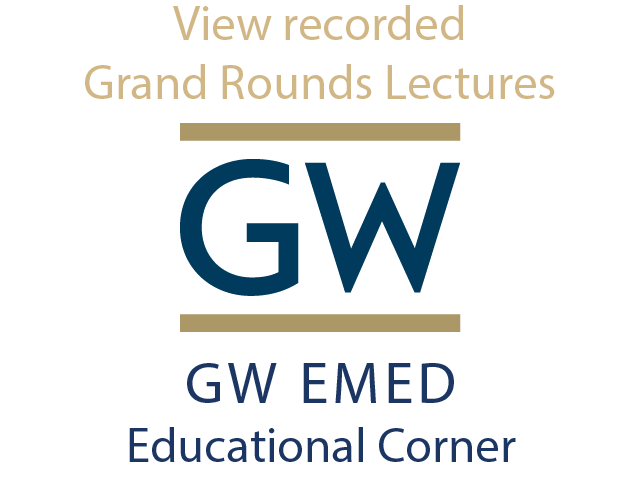|
Dog bites have commonly mixed flora, with a 50% incidence of pasturella. Primary closure can be done most places except the hands and feet. For open wounds (such as the hands and feet) patients should receive prophylactic augmentin to cover most bacteria, similar to cat or human bites. Dog bites that are closed typically do not require prophylactic antibiotics. Wound CareThere is little evidence-based medicine to support a specific fluid for wound care. Normal saline or tap water have both been shown to have a similar infection rate (4-6%). Betadine-containing solutions have not been shown to improve outcomes or decrease infection rates. Some surgical research supports the use of betadine solutions. ClosureThe primary reason for wound closure is for improved cosmesis. A RCT of patients presenting with dog bites found that closure of dog bite wounds does not increase the risk of infection or complication, and closed wounds had better cosmetic appearance. Hand wounds, regardless of treatment, did have a higher rate of infection. AntibioticsPatients presenting with hand wounds from dog bites should receive prophylactic antibiotics. Per a Cochrane review, there is some evidence showing that dog bites in the hand have reduced infection rates with prophylactic antibiotics. The same review did not show a reduction in cats or for all dog bites.
0 Comments
Wrists are the most commonly injured upper extremity joint, and 8.8% of injuries are missed, with 2% being clinically important. With 27 bones and 34 muscles, there is a significant possibility of missing a fracture. A high index of suspicion is required to prevent missing a significant injury.
Adapted from Andy Simmon's Grand Rounds lecture, January 11th, 2017.
How to identify serious injury that requires admisison for neurosurgery or observation, and how to instruct discharged patients for recovery expectations, followup, and return precautions. When consulting for fracture care, it is important to provide an accurate description of findings over the phone. This is important to improve patient outcome, ensure consultants are well informed of the patient's condition, and to ensure appropriate documentation of a patient's injuries.
Abdulla Alhmoudi has made the attached PDF to help with treatment and dispo decisions for many common fractures.
Adapted from Dr. Calabrese's October 12th Grand Rounds presentation. Evaluation of every facial trauma patient should include a complete facial assessment
|
Categories
Archive
February 2018
Please read our Terms of Use.
|
||||||
